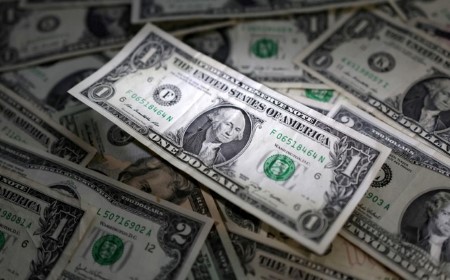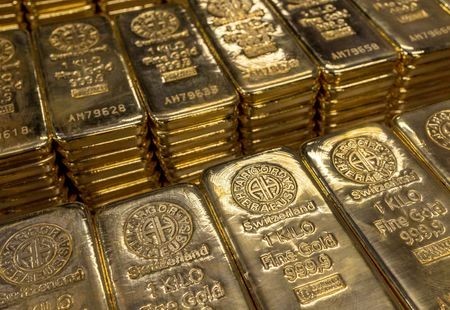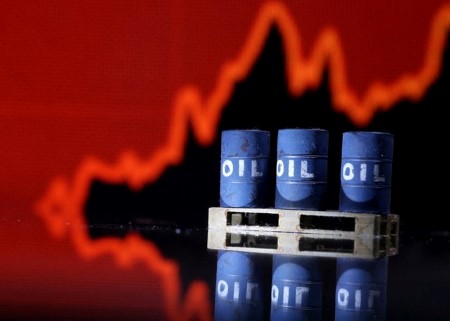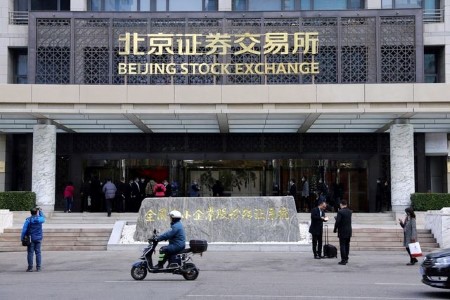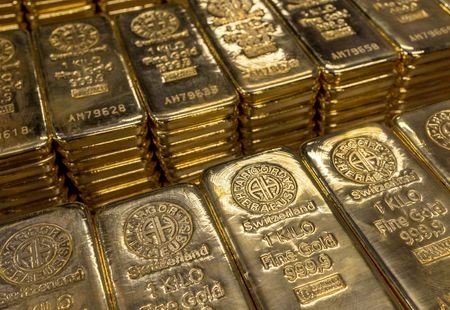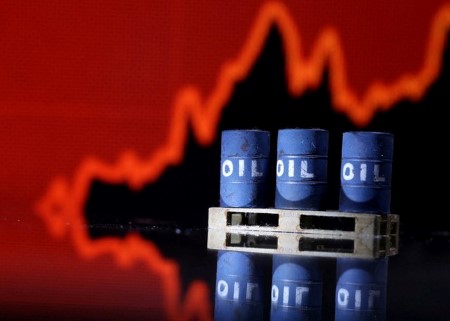Nov 28 – The dollar index fell 0.3% as Treasury yields slid after Fed speakers noted the historically rapid progress being made in reducing inflation and Governor Christopher Waller even allowing that rate cuts are possible in coming months if disinflation persists.
These views were more dovish than the messaging that followed the Fed’s last meeting, prompting the futures market to price in a rate cut in May as being nearly twice as likely as a hold, and 100bp of rate cuts by December 2024.
Two-year Treasury yields fell nearly 9bp and 10-year yields 3bp, briefly breaching important yield supports, allowing the dollar index to approach the 61.8% Fibo of 2023’s uptrend.
EUR/USD rose 0.3%, well clear of its 61.8% retracement of this year’s slide at 1.0960, but off its 1.1009 highs. A 3bp rise in 2-year bund-Treasury yield spreads and risk-on flows stemming from lower US and European yields weighed on the haven dollar, though retreated some from midday peaks.
The even more risk-sensitive sterling rose 0.45%, but backed off before reaching its 61.8% Fibo of its July-October slide at 1.2722. The BoE is seen waiting longer than the Fed to begin cutting rates and only reducing them by 67bp next year.
USD/JPY fell 0.75%, continuing its post-multi-year double-top reversal of 2023’s uptrend, with the decline greased by 2-year JGB yields falling about a quarter as much 2-year Treasury yields from recent peaks.
A close below the daily cloud base and last month’s low at 147.30 would be very bearish and likely to put what’s left of the biggest net spec long position since 2017 under greater duress, with medium-term targets closer to 140. But the current 147.325 low on EBS keeps the focus on Thursday’s key US data.
The BoJ is under some pressure to move away from negative rates and reduce efforts to cap JGB yields because the extraordinarily weak yen and stubborn inflation are seen by many in Japan as doing more harm than good to the economy.
Wednesday features German CPI, revisions to US Q3 GDP, and the beige book, which might contain regional feedback that supports Waller’s rate cut prospecting.
Thursday’s month-end session looks far more pivotal with euro zone inflation data followed by US core PCE, income, consumption, and savings rate for November, as well as jobless claims and pending home sales, the forecasts for which hue toward a more dovish Fed and weaker dollar.
(Editing by Burton Frierson; Randolph Donney is a Reuters market analyst. The views expressed are his own.)







 DOWNLOAD
DOWNLOAD




